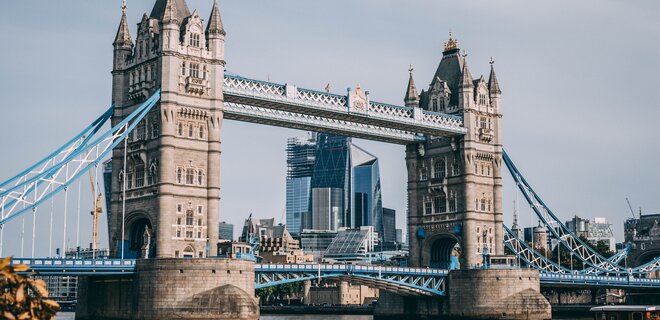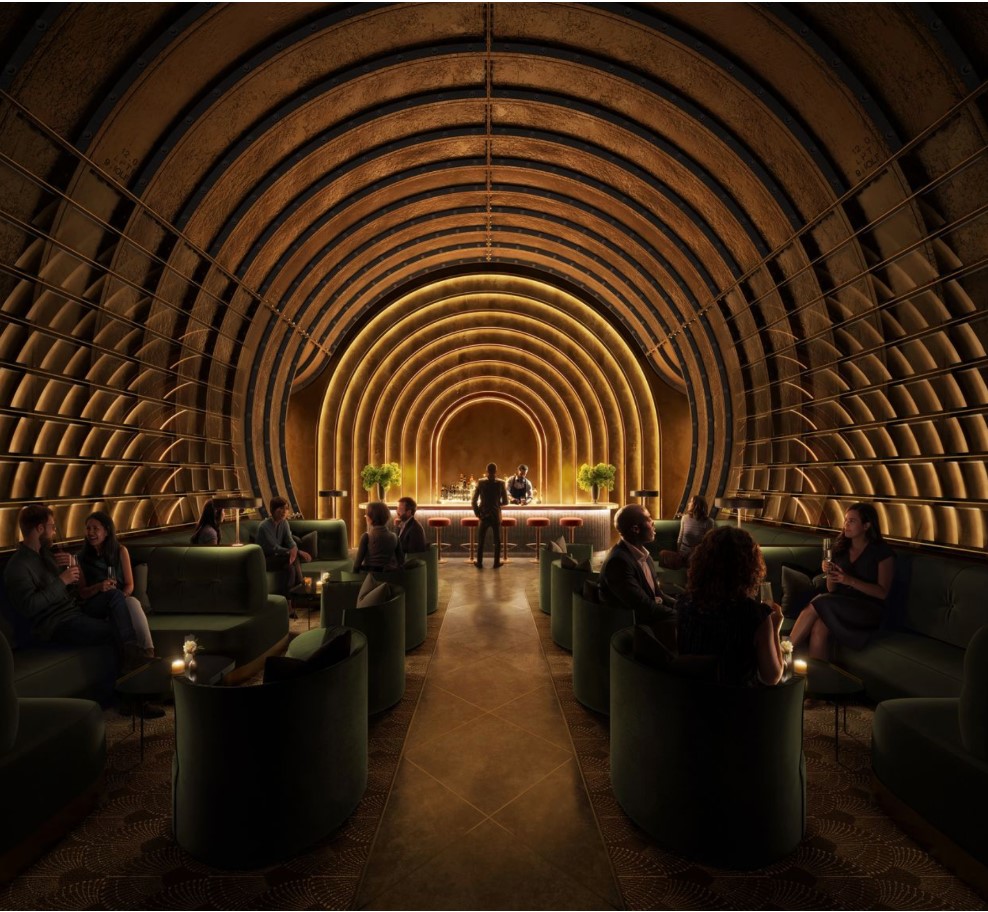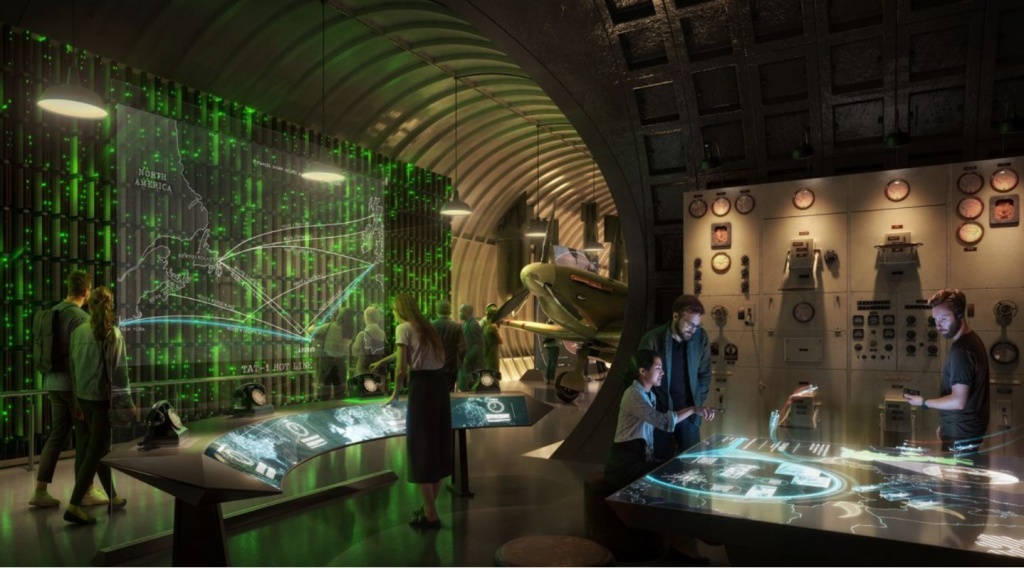
Secret tunnels in which spies worked are being reconstructed in London
In the center of London, secret tunnels that were previously used by spies are being reconstructed and turned into a tourist attraction, writes Bloomberg.
The 8,000 square meter labyrinth of tunnels is located under central London, about 40m deeper than Chancery Lane tube station.
Austrian Angus Murray, former head of asset management company Macquarie Group Ltd., has a four-year strategy for tunnel reconstruction. He bought the underground passages from the former British state telecommunications monopoly. "The history of the tunnels, their scale and location between London's Holborn and the historic Square Mile could make the tunnels one of London's most popular tourist destinations," Murray said.

The new owner plans to equip the cylindrical rooms with giant screens, interactive structures, technologies that emit smells, and other speakers - in order to create an immersive effect.
In particular, he hopes to make a deal with the producer of the Harry Potter films, Warner Bros. Discovery and Amazon.com Inc., which currently owns the rights to the James Bond films. Meanwhile, Murray wants to keep the UK's deepest bar, which was frequented by engineers and clerks working underground.

In total, the reconstruction plan costs 269 million dollars, and the tourist facility will open no earlier than 2027.
The London Tunnels were built in 1941 and 1942. They were to be used as bomb shelters for Londoners during World War II. But it was never used as intended.
Until 1944, the underground passages were used by the Interagency Research Bureau (ISRB). It was actually a spy organization under the guise of the Special Operations Executive (SOE), sometimes called Churchill's Secret Army.

The secret organization operated throughout war-torn Europe and later became part of Britain's foreign intelligence. At that time, 400 tons of secret documents were stored in these tunnels. James Bond creator Ian Fleming was a communications officer at SOE, which, codenamed the ISRB, developed eccentric weapons and booby traps. It is noted that these tunnels inspired the author to create a story about Bond.
After World War II, it was home to the Kingsway Telephone Exchange, which in the 1950s directly connected the presidents of the United States and the Soviet Union during the Cold War.
The tunnels were later transferred to the General Post Office of Great Britain, which was then reorganized into the British State Telephone Company (BT). In the 1990s, the tunnels were considered obsolete. BT put the tunnels up for sale about 15 years ago.

https://budport.com.ua/news/27506-u-londoni-rekonstruyuyut-tayemni-tuneli-v-yakih-pracyuvali-shpigun...







